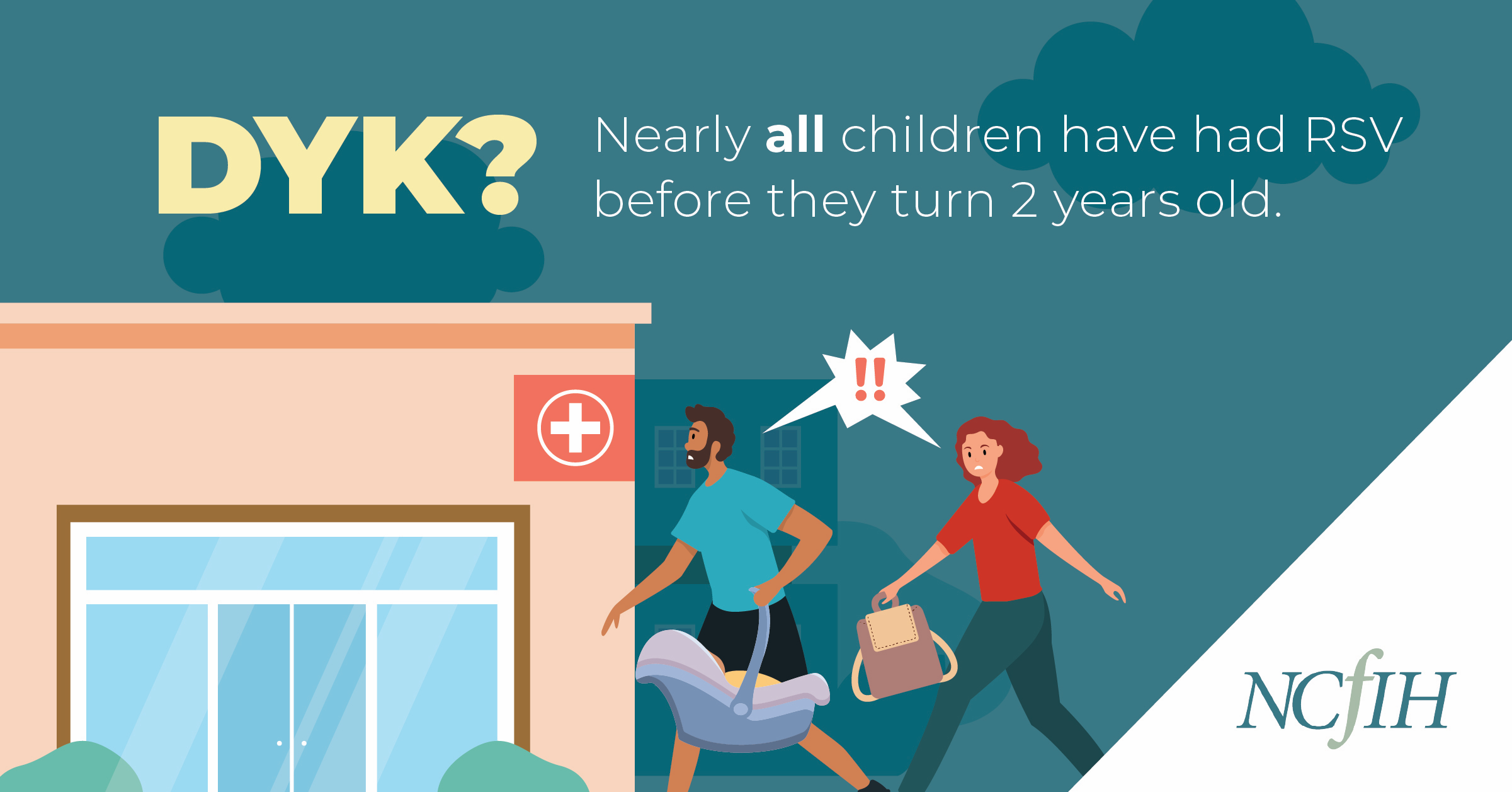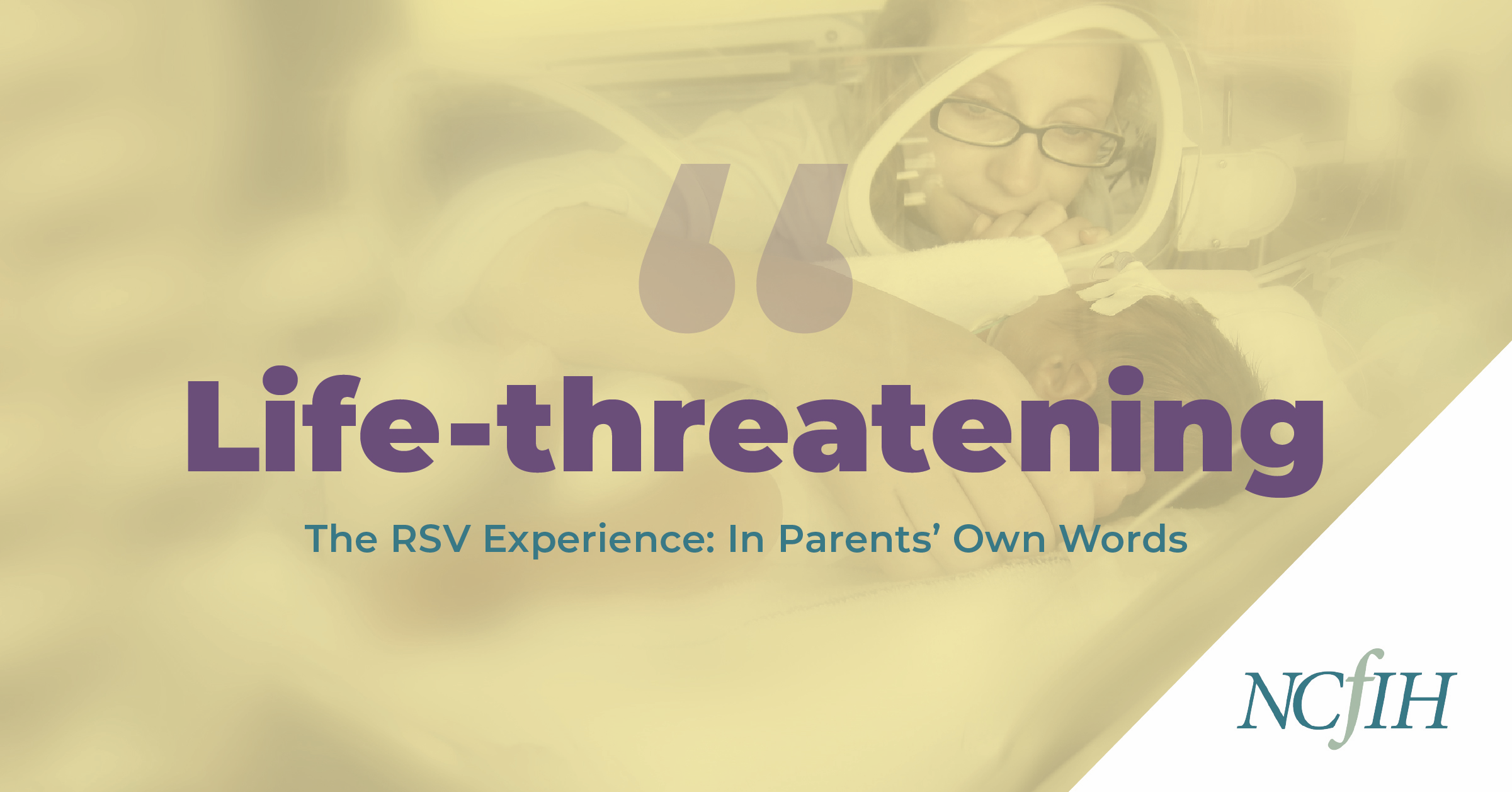Low battery
Battery level is below 20%. Connect charger soon.
· rsv can be dangerous for infants and some young children. · cdc recommends a one-time-dose of rsv vaccine for everyone 75 years and older and for adults 60 through 74 years of age who are at increased risk of severe rsv disease. · the rsv vaccine is not currently an annual vaccine, meaning eligible adults do not need to get a dose every rsv season. · respiratory syncytial virus, or rsv, is a common respiratory virus that infects the nose, throat, and lungs. Risk factors that increase … · each year, an estimated 110,000–180,000 adults ages 50 and older in the united states are hospitalized due to rsv. In most regions of the united … Most rsv infections go away on their own. Currently, cdc recommends only a single dose of … · rsv can spread when an infected person coughs or sneezes, by direct contact with someone who has rsv, or by touching a contaminated surface. · what to know rsv usually causes mild, cold-like symptoms. Each year in the united states, an estimated 58,000–80,000 children younger than 5 years are hospitalized … Rsv is one of the most common causes of childhood illness and is the most common … · cdc recommends an rsv vaccine for all adults ages 75 years and older and for adults ages 50–74 years who are at increased risk of severe rsv. Rsv symptoms make it difficult to distinguish it from the common cold … In general, the risk of severe rsv illness rises with … Rsv can be serious for babies, some young children, and adults who are … · respiratory syncytial virus (rsv) causes respiratory illness among persons of all age groups. Respiratory syncytial virus (rsv) usually causes mild, cold-like symptoms in most people, but it is the leading cause of infant hospitalization in the u. s.




